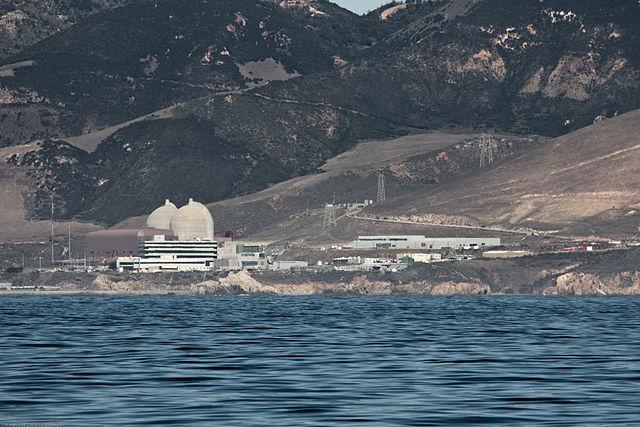
Say bye-bye to nuclear power in California as it will be phased out in less than a decade. Pacific Gas and Electric (PG&E), the San Francisco-based utility company, announced it will phase out its nuclear power production in California by 2025. That means the power produced at Diablo Canyon Power Plant, the state’s lone remaining operational nuclear power plant, will be replaced.
PG&E announced the proposal to phase out nuclear power in the Golden State with several organizations on Monday. They include the International Brotherhood of Electrical Workers Local 1245, Coalition of California Utility Employees, Friends of the Earth, Natural Resources Defense Council (NRDC), Environment California and Alliance for Nuclear Responsibility. The joint proposal will also increase investment in energy efficiency, renewable energy and energy storage beyond the current state mandates.
The biggest reason for the move is that California’s new energy policies reduce the need for the nuclear power that Diablo Canyon produces. Specifically, PG&E cites the following as factors:
- The increase of the state’s renewable portfolio standard (RPS) to 50 percent by 2030.
- Energy-efficiency goals doubling under the Clean Energy and Pollution Reduction Act of 2015 (SB 350).
- The challenge of managing over-generation and intermittency conditions under a resource portfolio that is increasingly influenced by solar and wind production.
- The growth rate of distributed energy resources.
- The potential increases in the departure of PG&E's retail load customers to Community Choice Aggregation.
- PG&E’s commitment to a 55 percent renewable energy target by 2031.
“California's energy landscape is changing dramatically with energy efficiency, renewables and storage being central to the state's energy policy,” said Tony Earley, PG&E chairman, CEO and president. “As a result, we will not seek to relicense the facility beyond 2025 pending approval of the joint energy proposal.”“It’s great news that PG&E will replace the lost electricity generation from Diablo Canyon with a portfolio of zero-carbon resources, including energy efficiency, renewables, demand response and energy storage,” added Laura Wisland, a senior energy analyst at the Union of Concerned Scientists (UCS), in a statement.
NRDC President Rhea Suh echoed Wisland's praise: “The Diablo Canyon solution is the way of the future. Even as nuclear plants near retirement, we can cut our carbon footprint with energy efficiency and renewable power. Our families, our businesses and our children will be the better for it."
Diablo Canyon plagued with problems
Diablo means devil in Spanish. It's a strange name for a nuclear power plant. As NRDC pointed out in a blog post on Tuesday, “Naming a nuclear facility after Lucifer himself is asking for trouble.” But the name only scratches the surface of the power plant’s problems.While under construction in the 1970s, 2,000 protesters occupied the site and were arrested as a result. The reason they protested is that the nuclear power plant is near a seismic fault. The problems didn’t end with the protests, but continued well after the plant began operating. It withdrew ocean water to use for cooling, killing 1 billion fish in early-life stages each year.
The problems persisted. In 2010, a safety review of Diablo Canyon by the NRC found that the nuclear power plant operated with some of its emergency systems disabled for over a year. The World Business Academy's Safe Energy Project released a report in January called the “Diablo Canyon Health Study.” The report claimed that residents near the power plant have "been getting sicker every year" because of the radioactive isotopes released into the atmosphere.
And one more aspect of Diablo Canyon, and the entire nuclear power industry, presents a problem. Nuclear power is not viable without government subsidies, as a 2011 UCS report found. Nuclear-industry subsidies are estimated to be more than than 7 cents per kilowatt-hour (kWh). That's about 140 percent of the average wholesale price of power from 1960 to 2008 -- making the “subsidies more valuable than the power produced by nuclear plants over that period,” the report concluded.
In 2025, Californians will be able to end the state's nuclear power era for good. And they will be able to look ahead to an era of renewable energy and safe electricity.
Image credit: Mike Baird via Wikimedia Commons

Gina-Marie is a freelance writer and journalist armed with a degree in journalism, and a passion for social justice, including the environment and sustainability. She writes for various websites, and has made the 75+ Environmentalists to Follow list by Mashable.com.














